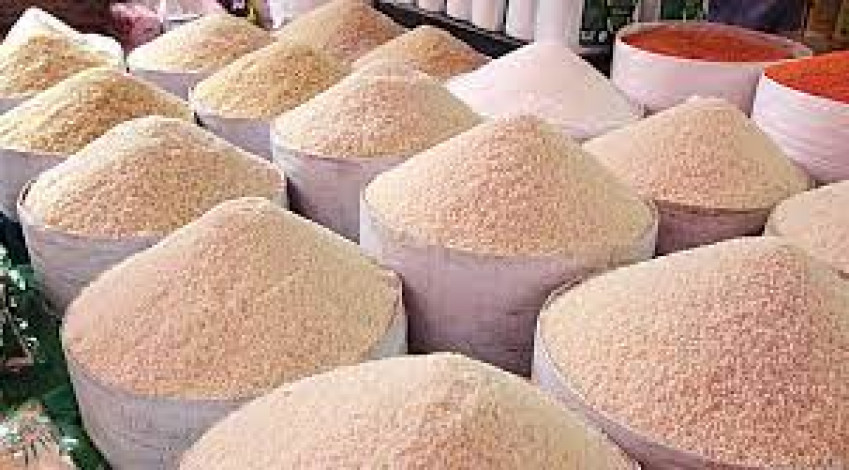
File Photo
This information came out in the main paper of a seminar
organized by the Bangladesh Institute of Development Research (BIDS) on Wednesday,
November 9, 2022.
When the price of rice increases, poor people reduce the
consumption of nutritious food such as fish, pulses and fruits. They increase
the consumption of vegetables. Again, one-third of what poor people spend is
spent on buying rice. Therefore, if the price of rice goes up or down, its
impact falls more on the poor people.
This information emerged in the main article of a
seminar organized by the Bangladesh Institute of Development Research (BIDS) last
Wednesday. BIDS researcher Wasel bin Sadat presented the main article based on
his own research. BIDS Director General Vinayak Sen presided over the seminar.
Researchers of the organization were present.
In the seminar, Wasel Bin Sadat said that if the price of
rice increases, various social security programs should be taken to help poor people. The program of selling rice in the open market needs to be
increased. Such assistance will protect poor people in times of danger. On the
other hand, if the price of fish, meat and fruits increases, people should take
initiative to increase their income.
In that study, Wassel bin Sadat showed what percentage of their expenses are spent on certain products by rich or poor people. It has been observed that a very poor person spends 32 percent of his expenditure on rice. In the case of poor people, this rate is 29 percent. Apart from this, a person who is not poor spends one-fifth of his expenditure on buying rice.
The study also revealed that the poorest spend the least on
fruit. Only 3 percent of their expenditure is spent on buying fruits. Only 15
percent is spent on buying fish. Only 9 percent was spent on buying meat. And poor
people spend 11 percent on buying vegetables.
According to data from the 2016 Food Income and Expenditure
Survey, Wassel bin Sadat showed that in 2016, 47 percent of a family's
expenditure was spent on buying food. 10 years ago this rate was around 54
percent.
BIDS Director General Vinayak Sen feels that the study is
relevant even in the current crisis. He said, in the context of the
Russia-Ukraine war, the prices of goods are currently increasing. Using the
research model, it is possible to find out how much people's consumption has
increased or decreased.
It is said in the seminar, the most suffering is when the
price of rice increases. Research has shown that when the price of rice
increases, people reduce the consumption of fish, meat, pulses and fruits. Be
more dependent on vegetables then. When the price of dal increases, he reduces
the purchase of fish. Then the cost of rice and vegetable increases. If the
price of fish increases, the consumption of rice, meat and vegetables
decreases. When the price of meat increases, the consumption of all other products
decreases.
An analysis of the impact on commodity prices and incomes
during Covid was also presented in the seminar. It is said that prices of goods
rose by 11 percent after the first lockdown was announced during the Corona
period.
Then people's income decreases by up to 70 percent. On the
other hand, after the first lockdown, prices of goods increased by 20 percent.
Then people's income was as low as 43 percent. But when the lockdown was
imposed the second time, the price of goods was 16 percent higher. At that time
people's incomes were only 4 percent lower than the pre-Covid levels.
Vinayak Sen also said that fish, meat, eggs and fruits are
already less on the consumption list of poor people. When the price of goods
increases, the consumption share of these goods decreases further.
Source:
Online/SZK
Comment Now